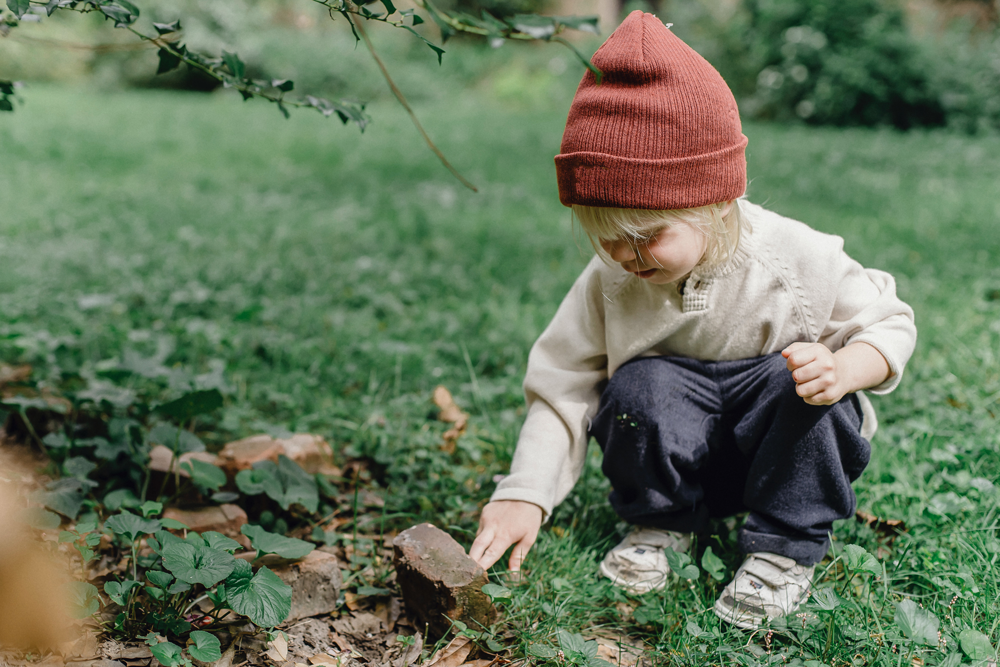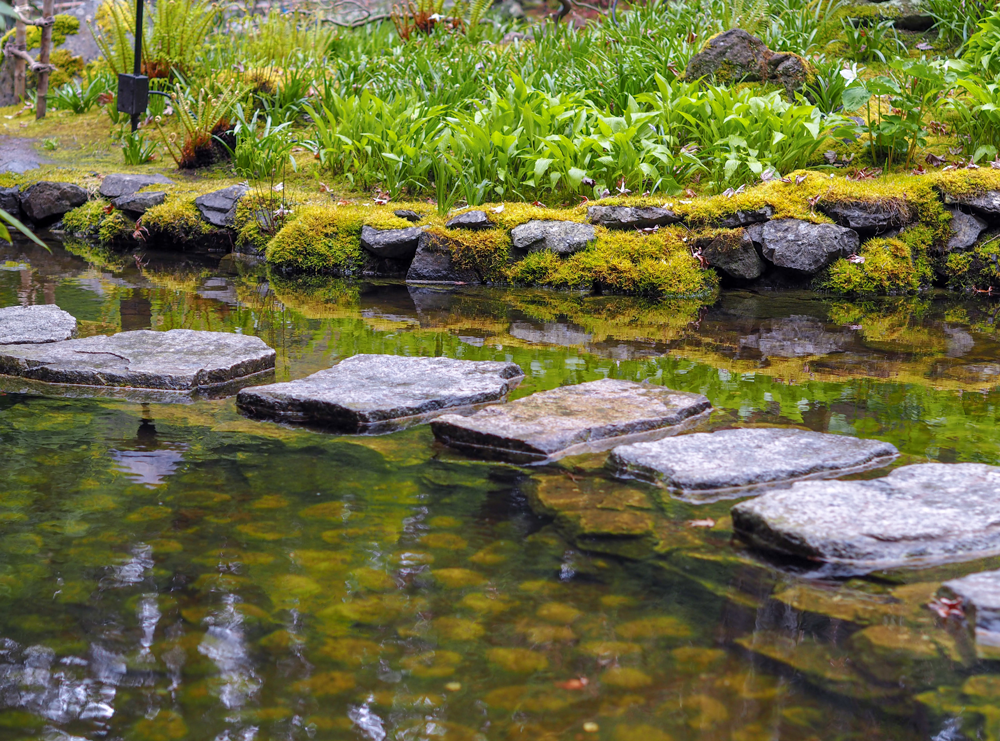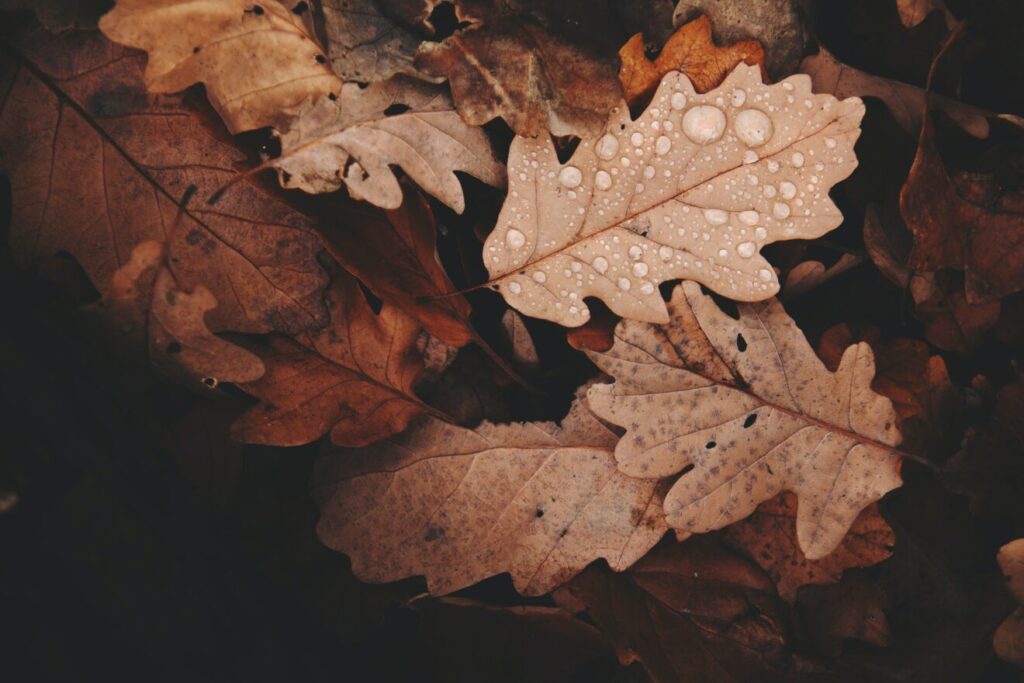How to Create and Enhance Habitat for Herpetofauna
Human Encounters
For more information on living with rattlesnakes, see: https://wildsafebc.com/species/rattlesnake/

Healthy Habitat

Water Bodies

Shelter
Ectotherms (i.e., reptiles and amphibians) require cover objects or retreat sites to escape the heat and regulate their body temperatures. These hiding spots also provide protection from predators. You can create cover for reptiles and amphibians with large rocks, rock piles, leaves, logs, or you can even create a “Toad Abode” in your garden.
Be sure to protect any potential reptile or amphibian hotspots on your land by avoiding disturbance in those areas. Snake hibernacula (dens) are usually found on south-facing rocky slopes, and ponds are essential for breeding amphibians. Always consult a local government biologist if you are wanting to create snake refugia or ponds for amphibians on your property.
Remember, wildlife will not always use shelter you have provided, but if they do, it is important to give them space and view them from afar.

